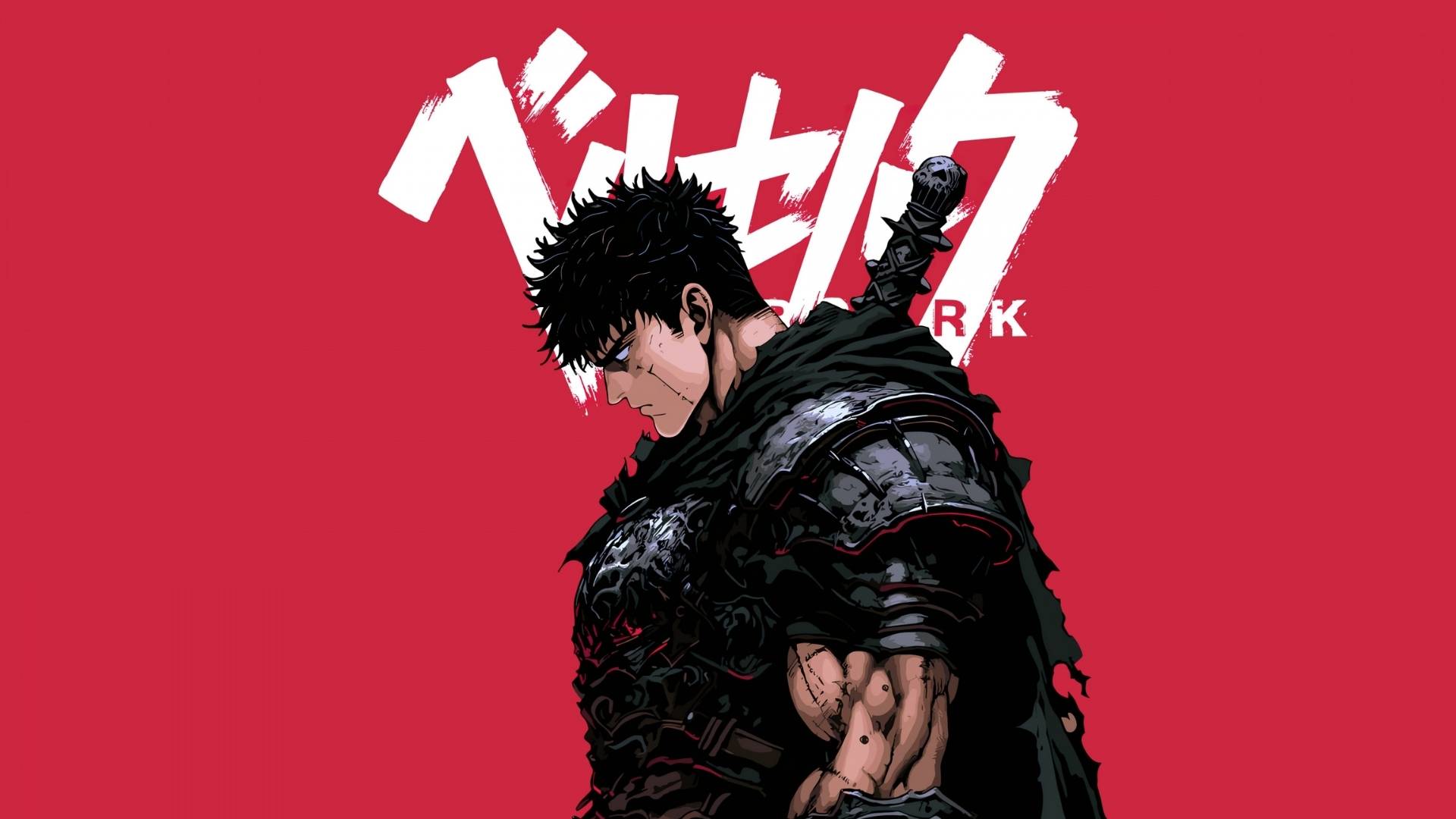Kentaro Miura’s epic series Berserk, which began in 1989 and sadly remained unfinished after his passing in 2021, is considered one of the most respected, impressive, and disturbing works in the manga and anime world. A defining masterpiece of the dark fantasy genre, Berserk has deeply influenced countless artists, writers, and game designers not just in Japan but worldwide. So what are the elements that make this series so special and elevate it to the pinnacle of its genre?
Unique Art and Visual Storytelling
Perhaps Berserk’s most striking feature is Miura’s extraordinary drawing ability and attention to detail. Each panel is crafted with incredible meticulousness, sometimes taking days to complete a single page. Miura’s mastery in depicting chaotic battle scenes, grotesque monsters, and emotional moments transforms the manga into a virtual art gallery.
Particularly the horrific scenes in the “Eclipse” chapter, epic compositions like “The Lone Swordsman in a Thousand Battlefields,” and the details in Griffith’s impressive portraits push the boundaries of comic art. Miura’s way of using darkness and light, while drawing inspiration from classical artists like Gustave Doré and Hieronymus Bosch, creates an entirely unique aesthetic.
This visual richness makes Berserk not just something to read, but a work to be pondered and examined for hours.
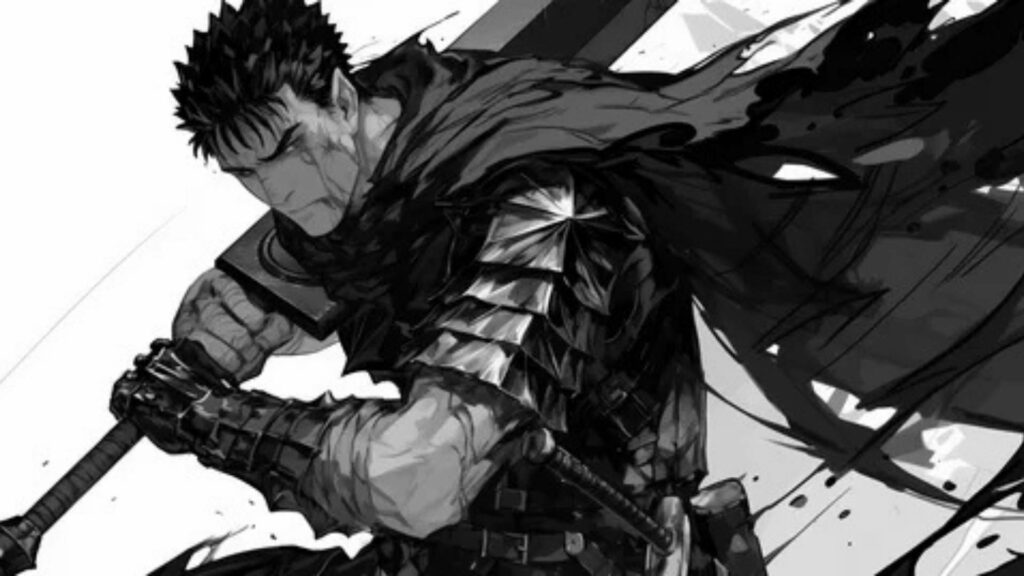
Complex and Profound Characters
At the heart of Berserk lies the journey of main character Guts (Gatsu in Japanese). Thrown into a merciless world from the moment of his birth, Guts undergoes a transformation from the traumas of his childhood, to his brief peace with the Band of the Hawk, to the terrible betrayal at the Eclipse, and his subsequent quest for revenge and healing.
Guts is not a simple “black knight” archetype; he’s a complex character with deep wounds who can sometimes be cruel, yet still tries to preserve his humanity. His internal struggle—the conflict between his desire for revenge and his wish to protect his loved ones—forms the emotional backbone of the series.
Similarly, Griffith is not a one-dimensional villain. His passion to achieve his dream, his charisma, and his tragic fall make him one of the most complex antagonists in manga history. Casca, Farnese, Serpico, Schierke, and other supporting characters also have their own developmental journeys and deepen over time.
None of these characters are entirely good or evil; they all exist in a complex spectrum of gray areas, making them incredibly realistic and engaging.
Ruthless Realism of the Medieval World
Despite containing fantastic elements, Berserk depicts a world reminiscent of Medieval Europe with surprising realism. The horror of war, the cruelty of feudal society, religious fanaticism, and the daily struggles of ordinary people are shown in a way that most fantasy series romanticize or soften.
Miura conducted extensive research on real Medieval weapons and armor for battle scenes, depicting conflicts in both their strategic and chaotic dimensions. He also delicately portrayed the social structure of the period, the power of the Church, and the intrigues of the aristocracy.
This realistic foundation makes the series’ fantastic and horror elements even more impressive. When supernatural evils are built upon the cruelty of the real world, the effect is doubled.
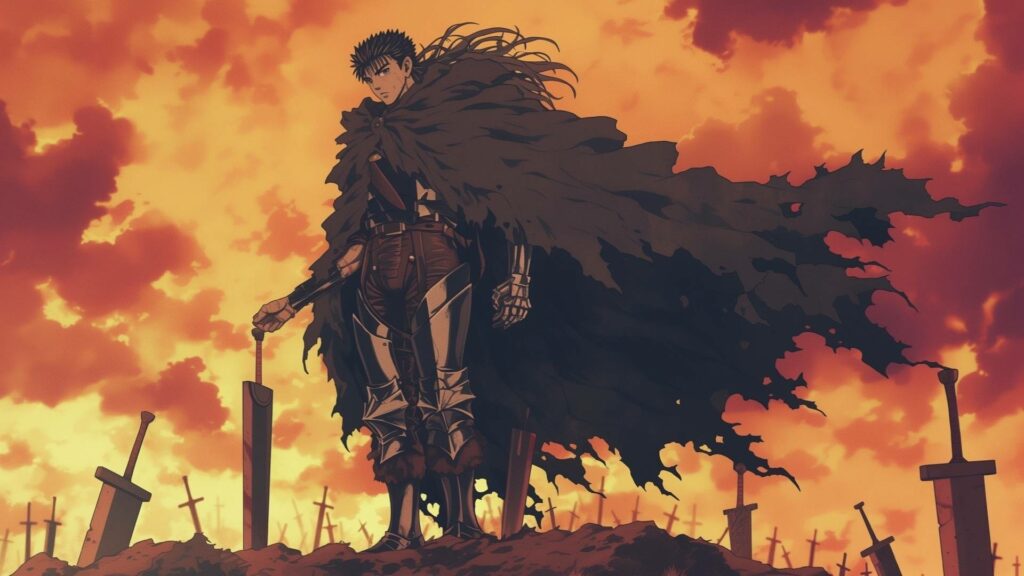
Philosophical Depth and Existential Themes
Berserk is far from a superficial action-adventure story. The series asks deep philosophical questions about fate and free will, human nature, the effects of trauma, and the cost of survival.
Questions like “What does it mean to face the dark side of human nature?”, “Can sacrificing others to realize your own dreams be justified?”, “Does the pursuit of revenge dehumanize a person?” are at the center of the story.
Particularly concepts like the “God Hand” and the “Idea of Evil” represent the cosmic evil created by the collective power of human desires and sufferings. This is a deep existential layer reminiscent of the thoughts of philosophers like Friedrich Nietzsche and Arthur Schopenhauer.
Instead of addressing these philosophical questions didactically, Miura explores them through the experiences and choices of characters, making them more effective and emotionally resonant.
Masterful Blending of Horror and Fantasy Elements
Berserk creates a unique atmosphere by blending elements of classic European fantasy with Lovecraftian cosmic horror and Japanese yōkai folklore. The transformed monsters known as Apostles, each with their own terrifying and grotesque design, are much more disturbing and psychologically impactful than traditional fantasy monsters.
Miura’s way of using horror elements aims not just to shock, but to create a sense of existential dread. In Berserk’s world, even the most terrifying monsters were once human and were transformed by their own desires and weaknesses. This presents a much more complex and disturbing story than a simple “good vs. evil” narrative.
At the same time, Berserk’s world is also filled with magic, fairies, and mystical beings, but these are often far from the “beautiful” depictions of traditional fantasy. In Miura’s hands, fantastic elements contain both beauty and horror, just like the real world.
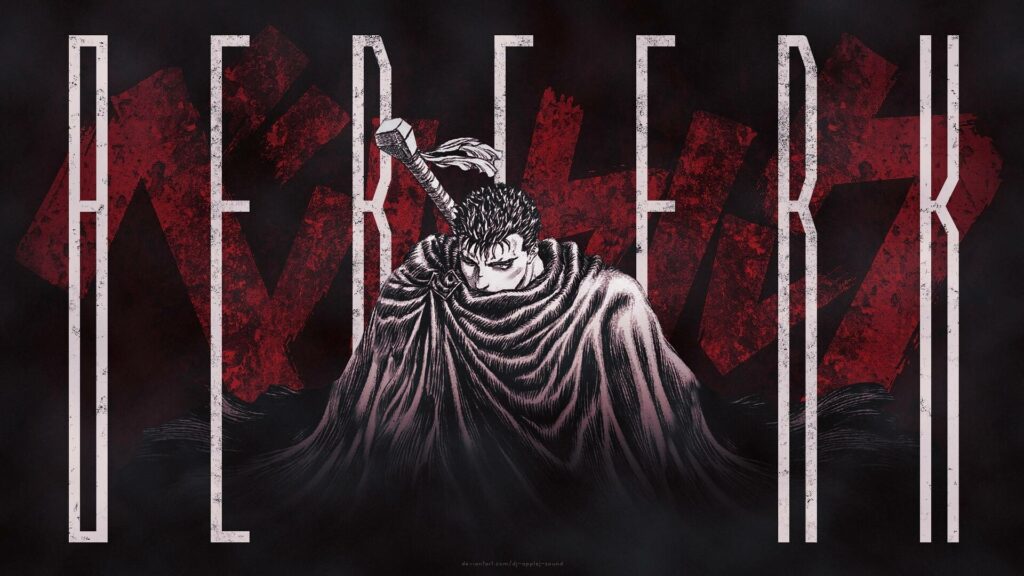
Tragic Narrative and Emotional Depth
At its core, Berserk is a tragic story. The relationship between Guts and Griffith that transforms from friendship to enmity, Casca’s tragic fate, the destruction of the Band of the Hawk—all these carry elements of a classic Greek tragedy.
But what truly makes Berserk special is that even in the midst of this tragedy, it preserves sparks of hope and humanity. Despite all the terrible events he has experienced, Guts refuses to completely surrender to darkness. The bonds he forms with his new companions and his efforts to protect Casca offer a light even in the darkest moments of the series.
This emotional complexity transforms Berserk from just a story of violence and horror into a profound examination of the resilience of the human spirit.
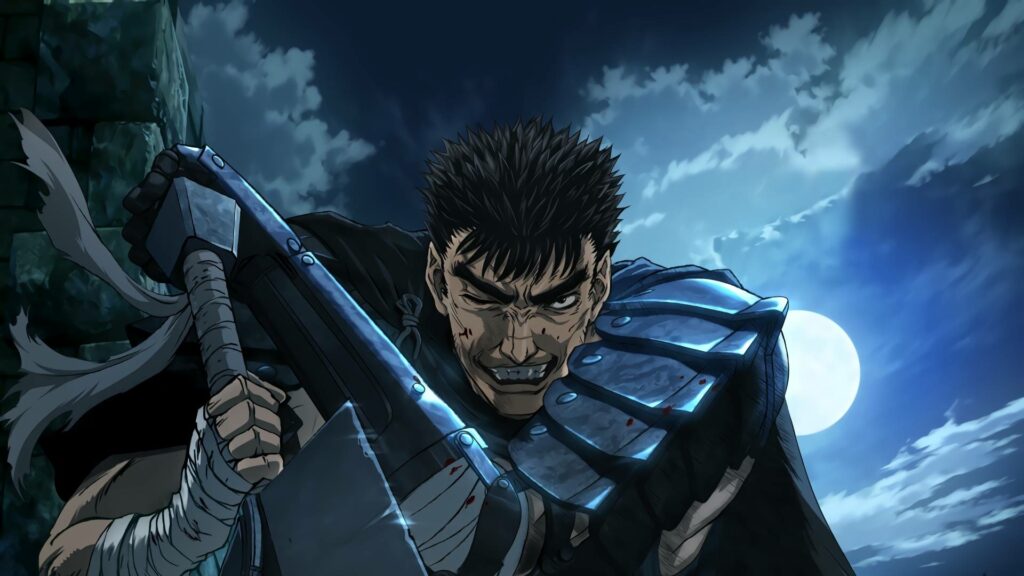
Impact on Popular Culture and Legacy
Berserk’s influence extends far beyond the world of manga and anime. Video games like Dark Souls, Bloodborne, and Dragon’s Dogma bear deep traces of Berserk in their visual design and atmosphere. Even Western fantasy works like Game of Thrones have been influenced by Berserk’s dark and realistic tone.
Miura’s art style and storytelling have influenced countless mangaka and comic artists. Particularly the “Black Knight” archetype and the image of a warrior carrying a massive sword are among Berserk’s most distinct contributions to popular culture.
Kentaro Miura’s untimely death left Berserk unfinished, but perhaps this is a fitting end to the series’ tragic theme. Just like Guts’ never-ending struggle, Berserk will continue to live in readers’ imaginations as an unfinished masterpiece.
Berserk is one of the pinnacles not just of the dark fantasy genre, but of all manga and comic art. Miura’s extraordinary art, complex characters, and deep themes have made it a timeless classic. Despite (or perhaps because of) the series’ dark and ruthless world, Berserk tells a powerful story about the resilience of the human spirit, and that’s why it profoundly affects readers.
What do you think? Which aspect of Berserk affected you the most? Miura’s art, the complex characters, or the deep philosophical themes? What are your thoughts on Berserk’s impact on the dark fantasy genre and popular culture in general?

